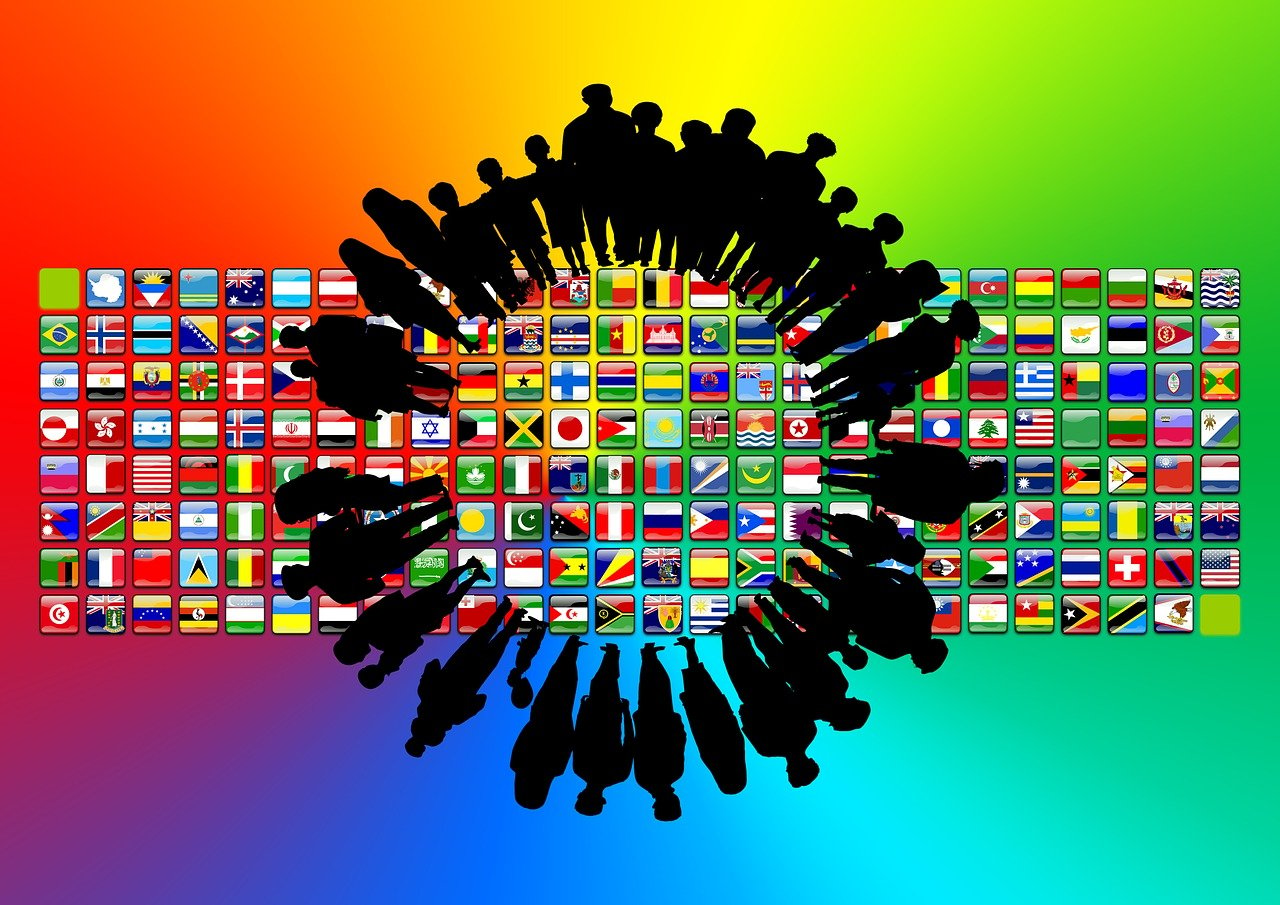Population growth has been a significant factor shaping the dynamics of global development and resource utilization. For centuries, population size and growth rates have been a topic of concern, with the global population surpassing 7.8 billion by 2020. This exponential growth presents multifaceted challenges as well as opportunities. The United Nations, recognizing the intricate ties between population growth and global challenges, incorporated it indirectly into the Sustainable Development Goals (SDG) in 2015. The SDGs, consisting of 17 interconnected objectives, aim to eradicate poverty, safeguard our planet, and ensure prosperity for all by 2030. These goals, though not directly mentioning population growth, are profoundly influenced by it. Here's how:
Firstly, rapid population growth intensifies the strain on limited resources, especially in regions where these resources are already scarce. This is pertinent to SDG 2 (Zero Hunger) and SDG 6 (Clean Water and Sanitation). As the population burgeons, more food is required, leading to intensified agricultural practices, which may not always be sustainable. Similarly, the demand for freshwater rises, pressuring our freshwater reserves and causing potential conflicts over these vital resources.
Secondly, the influx of people in urban centers due to population increase is undeniable. By 2050, it's estimated that two-thirds of the global population will reside in cities. This massive urban migration and city population boom challenge SDG 11 (Sustainable Cities and Communities). Urban areas require sound infrastructures, sustainable transport, and adequate housing – all of which become even more pressing with rapid population growth.
Next, with more people, there's a higher demand for affordable and quality healthcare, relating directly to SDG 3 (Good Health and Well-being). Overpopulated regions often grapple with the spread of diseases, lack of medical facilities, and inadequate healthcare professionals, making the attainment of this goal more strenuous.
Additionally, the increasing global populace necessitates quality education for all, echoing the aims of SDG 4 (Quality Education). As populations grow, especially in developing nations, there is an urgent need to provide education to a larger number of children and young adults, requiring more schools, teachers, and educational resources.
Environmental concerns are also paramount. A greater number of people means more waste, more demand for energy, and more carbon emissions. This directly affects SDG 13 (Climate Action), SDG 14 (Life Below Water), and SDG 15 (Life on Land). Higher populations can intensify deforestation, lead to increased greenhouse gas emissions, and expedite the degradation of marine and terrestrial ecosystems.
However, it's essential to note that population growth isn't just a challenge; it's also an opportunity. A growing population means a larger workforce, more innovative minds, and potentially a bigger market for goods and services. Countries can harness this 'demographic dividend' for economic growth if they can adequately invest in health, education, and employability of their people.
2026's World Population Day: Addressing Global Challenges
Celebration and Recognition
World Population Day is observed annually on July 11th to raise awareness about global population issues. In 2026, this day will highlight critical topics such as family planning, gender equality, poverty, maternal health, and human rights.
Origin and Global Involvement
Reference Module in Earth Systems and Environmental Sciences, Volume 4: Encyclopedia of Ecology (Second Edition), 2019, Pages 344-351
The sustainability of water resources depends on the dynamic interactions among the environmental, technological, and social characteristics of the water system and local population. These interactions can cause supply-demand imbalances at diverse temporal scales, and the response of consumers to water use regulations impacts future water availability. This research develops a dynamic modeling approach to simulate supply-demand dynamics using an agent-based modeling framework that couple models of consumers and utility managers with water system models.
The economic crises seems blinding the governments and major economic actors toward environmental troubles. Nevertheless, the impacts of population growth and economic expansion have now the potential to disrupt important regulatory functions of global ecological systems. Green growth involves transforming the production and consumption processes in order to maintain or restore these regulatory functions of the planet's natural capital. It requires that environmental facto rs be treated as an essential factor of production and not merely an externality.


